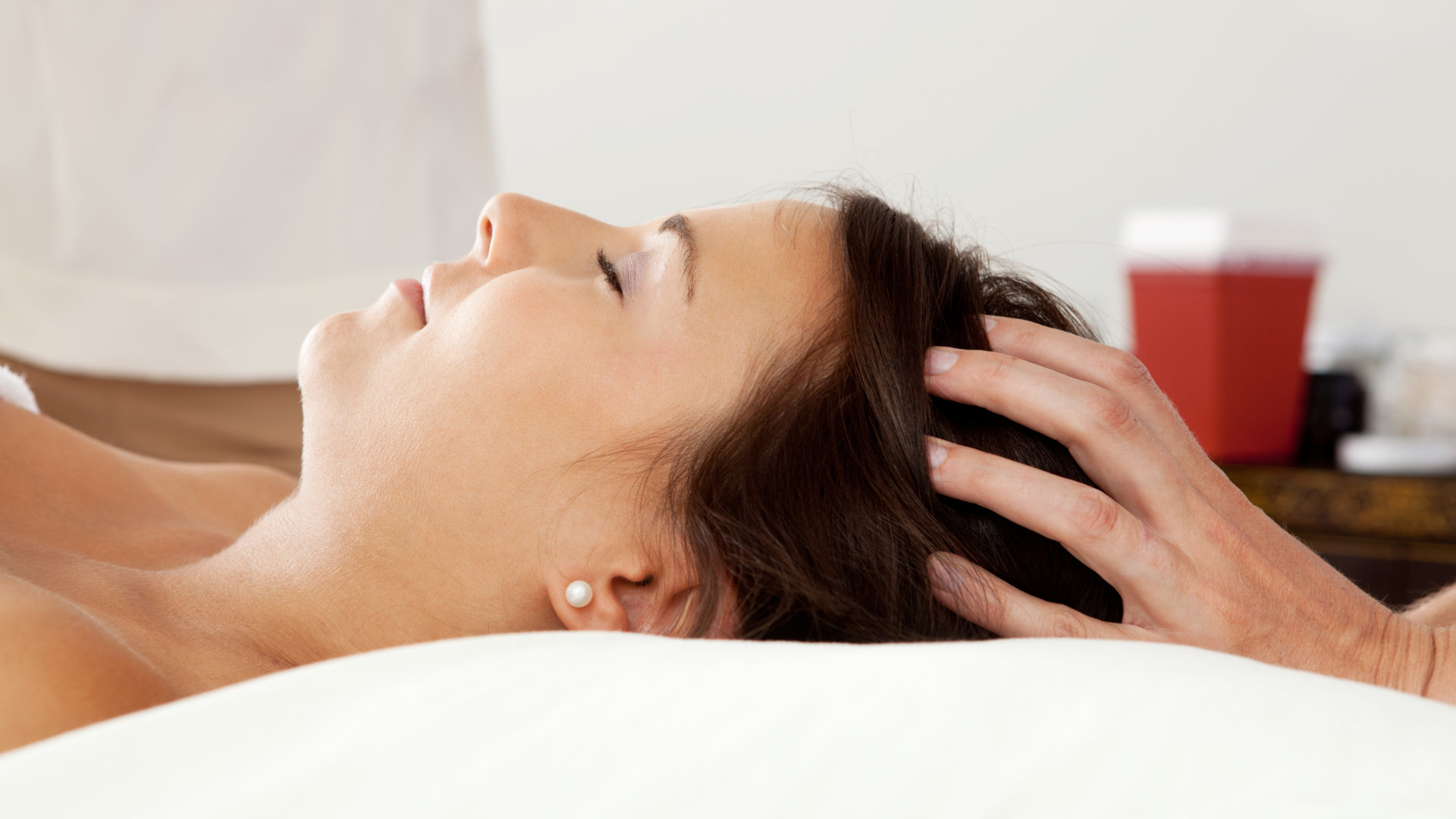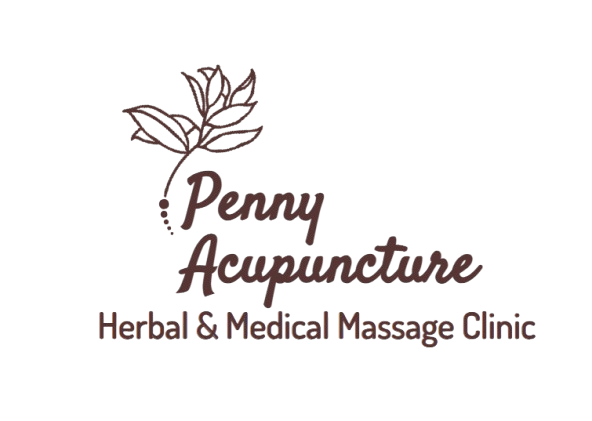traditionAL Acupuncture therapy
Traditional acupuncture, a hallmark of Chinese medicine, originated over 5,000 years ago and stands as a revered non-drug therapy. It is a medical method that employs external treatment to cure internal disease. Esteemed for its holistic approach, acupuncture harnesses fine, disposable needles, inserted at specific body points to harmonize internal health. This ancient practice aims to activate Qi flow and blood circulation and promote the body's natural healing abilities. By meticulously balancing the energies and yin and yang of the body.
Acupuncture are activating Qi flow and blood circulation and removing Qi stagnation and blood stasis, dredging the body’s channels and collaterals, Tonic organs, improving immunity and maintaining health. It is through channeling of Qi flow and the application of special methods that the disease is cured. Acupuncture achieves therapeutic outcomes for a myriad of conditions, from pain management to enhancing immunity and overall wellness. Accompanied by herbal remedies, moxibustion, cupping, and other complementary techniques, acupuncture represents a comprehensive modality for nurturing health and vitality.
Acu-Releflex point acupuncture (ARPA)
Acu-Releflex Point Acupuncture (ARPA), founded by Professor Guanyuan Jin, a master acupuncturist from the United States, is a comprehensive set of acupuncture techniques based on modern physiological, biological, and medical theories integrated with classical acupuncture theories. It aims to utilize the classical meridian theory and the theory of reflex zones under the guidance of systematic medicine to achieve the prevention, diagnosis, and treatment of diseases. Its simplicity of use and remarkable efficacy, through a comprehensive understanding of the physiological and pathological states of the human body, allow for the selection of appropriate acupuncture techniques and combinations of acupoints for treating specific diseases or causes.
Systematic medical acupuncture can regulate the functional state of the body through meridians and alter local blood flow and promote metabolism by stimulating peripheral nerves, hence gaining increasing favor among clinical acupuncturists worldwide and standing out among many modern acupuncture schools.
Recent clinical practices and evidence-based studies have proven that acupuncture at various reflex points (also known as “reactive points”) appearing dynamically on the body surface is more effective than traditional acupuncture at non-reflex points (regardless of whether they are on the original meridians or acupoints). Most importantly, the theory of ARPA reveals the essence of the hexagram, as it encompasses the characteristics of all points (including acupoints) that can be stimulated by acupuncture, allowing for the "incorporation" (interpretation and induction) of all new, old, extraordinary acupoints, effective points, or various forms of stimulation targets (including popular ones from both ancient and modern times such as Ashi points, tender points, trigger points, primal points, etc.) used in both traditional and modern acupuncture.
The mechanism of reflex point formation also reveals the primary mechanism of acupuncture in treating diseases. The appearance of reflex points can vary from person to person (physiological reflex points) and from disease to disease (pathological reflex points), making ARPA a "self-consistent" model in modern acupuncture. As Xi Zhu, a scholar from the Song Dynasty, stated in "Zhu Zi's Complete Works," "to follow the ancient sages and to open up new learning has great merit for this world," thus the significance of developing and promoting ARPA can be described as "following the ancient sages and opening up new learning." ARPA perfectly inherits the classical theory of Chinese medicine—the theory of meridians (following the ancient sages)—while paving a new path for the future development of modern medical acupuncture (opening up new learning).
motion acupuncture therapy
Motion Acupuncture therapy is an advancement in acupuncture, it is a novel acupuncture technique, was developed by Professor Decheng Chen through over 30 years of clinical acupuncture practice. It is a new and advanced acupuncture therapy that involves the use of a specialized Motion Acupuncture needle and a distinct set of manipulative techniques. Prof. Cheney owns the world top ten Chinese medicine doctors’ innovation technology invention award.
During the treatment process, a special patented needle, the “Motion Acupuncture needle” is used. This needle is a practical, novel, patented innovation based on the traditional acupuncture filiform needles used in acupuncture; During the treatment of diseases, patients, under the guidance of a physician, engage in active, passive, and resistive movements with the needle in place. This method integrates theories from various disciplines, including meridian theory, acupuncture, meridian sinews theory, anatomy, and kinesiology. It is primarily used for treatment of pain symptoms caused by soft tissue injuries and certain visceral syndromes etc. It is the best choice for pain management.
What Sets Motion Acupuncture Therapy Apart?
- Rapid and Effective: Patients experience swift alleviation of symptoms, making it an optimal solution for pain management.
- Safety and Tolerance: The technique is distinguished by its no side effects and safely;
- Consistency and Replicability: The therapeutic effects of Motion Acupuncture Therapy are consistent and can be replicated across different sessions, offering reliable outcomes.
Dynamic needle retention is a distinctive aspect of Motion Acupuncture Therapy, dynamic needle retention involves patients moving the part of the body where the needle is inserted during the needling process, actively promoting the movement of Qi in a dynamic manner. This approach tends to yield a quicker, stronger, and more desirable effect in terms of Qi activation.
The movements in dynamic needle retention include active, passive, and resistance movements. Active movements are primary, passive movements are supplementary, and resistance movements are used appropriately. The injured area and the related responsible muscles perform flexion, extension, rotate and dynamic stretching movements. The underlying mechanism primarily involves stimulating the motion acupoints through both needling and movement to loosen the related myofascial chains. This process, facilitated by the conduction function of the myofascial chains, aims to restore the body's damaged tissue structural normal balance, thereby serving the purpose of both prevention and treatment of diseases quickly effect.

Scalp Acupuncture with Dao-Qi therapy
Scalp Acupuncture with Dao-Qi therapy, it is a new acupuncture method to treat neurology and mental illnesses. It is a therapeutic modality that merges traditional Chinese medical practices with contemporary neurological knowledge. As the Vice Chairperson of the inaugural Board of the Special Committee for Head Acupuncture under the World Federation of Chinese Medicine Societies (WFCMS), Prof. Tianjun Wang has focused on the new understanding of the brain and its clinical application since 2005 when he started his PhD research on acupuncture for depression. In the last 16 years, Dr. Tianjun Wang has published many brains related articles in English journals, presented about 100 national and international conferences, seminars and CPD courses. His research expertise has significantly contributed to the advancement of this technique.
Scalp Acupuncture Therapy integrates Chinese concepts of acupuncture pertaining to cerebral functions with Western medical insights into human anatomy, physiology, pathology, and neurology, particularly emphasizing the functional neuroanatomy associated with the cerebral cortex's representative areas. During treatment sessions, practitioners insert acupuncture needles into designated areas of the scalp. These areas are strategically selected to correspond with specific brain regions responsible for central nervous system operations, motor functions, sensory perceptions, vision, speech, auditory processing, and balance.
The application of Scalp Acupuncture Therapy is predominantly directed towards conditions associated with brain function, such as neurological disturbances, psychological disorders, and psychosomatic ailments. This includes but is not limited to wind stroke, depression, anxiety, Parkinson’s disease, multiple sclerosis, various forms of pain, and chronic muscle spasms. One of the most notable characteristics of Scalp Acupuncture is its rapid efficacy, with many patients reporting significant improvement immediately following their initial session.
Scalp acupuncture is an excellent way to prevent and treat Alzheimer's disease, delay aging, and achieve a healthy and long life. It benefits memory, learning, and the brain in an Alzheimer’s disease study. In a controlled experiment, researchers discovered two important clinical benefits provided by stimulation of scalp acupuncture points; acupuncture improves spatial learning and memory. Additionally, the researchers discovered that acupuncture improves brain glucose metabolism. Let’s take a look at the results.
The common conditions often seeking for scalp acupuncture help are: Mental disorders: Depression, Anxiety, Sleeping disorders, Schizophrenia, Addiction, PTSD, etc.;
Neurological diseases: Stroke, Headache and Vertigo, Alzheimer ‘s and other dementia, Parkinson’s disease, Migraine, Shock, Convulsions, Ataxia, Autism, Cerebral Palsy (CP), Brain injuries, Myasthenia Gravis, Multiple Sclerosis (MS); Amyotrophic lateral sclerosis (ALS), Epilepsy, Phantom Limb Pain, etc.
Others brain related conditions: Some types of obesity, infertility, male and gynecological diseases, some skin problems, some types of pain, etc.
Infrared Negative Ion Cupping therapy
Infrared negative ion cupping is an advanced therapy that combines traditional cupping techniques with modern technology. This method utilizes specialized cupping tools that emit infrared rays and negative ions to enhance the therapeutic effects of cupping. Infrared rays penetrate deep into the skin layers, promoting blood circulation, accelerating metabolism, and alleviating muscle tension and pain. Negative ions help to improve the body's ion balance, enhancing cell vitality. This approach not only achieves the traditional benefits of cupping, such as easing muscle stiffness and promoting blood flow but also adds the health benefits of infrared and negative ions.
Therapeutic Massage therapy
Therapeutic massage is a targeted approach to massage therapy, designed to alleviate specific health issues. It involves manual manipulation of the body's soft tissues to relieve pain, enhance blood circulation, reduce muscle tension, and address chronic pain conditions. Performed by professional massage therapists, this technique is tailored to the individual's health status and treatment needs, employing various massage strokes and pressure levels. Therapeutic massage aids in restoring the function of damaged soft tissue, improving range of motion, alleviating pain, and also contributing to stress and anxiety reduction.
General Relaxation Massage therapy
General relaxation massage focuses on promoting overall relaxation of the mind and body without specifically targeting any health issues. Through gentle massage techniques, it relaxes the muscles, reduces stress, and enhances overall wellbeing. The massage includes full-body strokes, kneading, and rubbing designed to promote blood circulation, ease muscle tension, and reduce stress accumulation, leading to profound relaxation of both mind and body.
Moxibustion therapy
Moxibustion is a traditional Chinese medicine therapy that uses the heat generated by burning mugwort (a medicinal herb) to stimulate specific acupoints on the body. This technique warms the meridians, dispels cold and dampness, harmonizes qi and blood, and strengthens the body's ability to heal itself. Moxibustion is effective in treating a variety of ailments, including pain management, digestive issues, respiratory conditions, and women's health concerns.
Gua Sha therapy
Gua Sha is a traditional Chinese medical treatment that involves scraping a smooth-edged instrument across the skin to improve circulation, release muscle tension, and relieve pain. This method helps to expel cold, dampness, wind, and stagnation from the body, promoting the flow of qi and blood. Gua Sha is commonly used to treat neck and shoulder pain, rheumatism, fever, and the common cold among other conditions.
Traditional Chinese Medicine Reflexology therapy
Traditional Chinese Medicine (TCM) Reflexology is based on TCM theories and acupoint principles, involving the massage of specific body parts or reflex zones to regulate bodily functions and achieve therapeutic effects. It posits that each organ of the body is interconnected with specific areas on the body; stimulating these reflex areas can promote the health of the corresponding organs. This therapy is often used to regulate the endocrine system, improve sleep quality, relieve pain, and reduce stress.
Swedish massage
Swedish Massage is a highly regarded therapeutic practice, essential for its ability to foster relaxation, enhance circulatory health, and relieve muscle tension. Utilizing a blend of techniques, including long gliding strokes, deep kneading, rhythmic tapping, and gentle stretching, this massage therapy is designed to improve oxygen flow in the blood, release toxins from muscles, and increase flexibility. Ideal for individuals seeking relief from daily stress or muscle pain, Swedish Massage not only aids in physical recuperation but also promotes mental relaxation. It's a comprehensive approach to wellness that benefits the body and mind, making it a perfect choice for those looking to enhance their overall health and vitality.
Deep Tissue Massage
Deep tissue massage is a specialized massage therapy that targets the deeper layers of muscle and connective tissue to alleviate chronic pain, enhance blood flow, and reduce inflammation. It employs slow, firm strokes and deep pressure to break up scar tissue and relieve tension in muscles, making it ideal for those with persistent muscle pain, athletes, or anyone recovering from physical injuries. While this massage can be intense, it should not cause pain, though some soreness may occur afterward, typically subsiding within a few days.

Lymphatic Drainage Massage
Lymphatic drainage massage is a therapeutic massage technique that employs gentle, rhythmic strokes to enhance the circulation of the lymphatic system, helping to remove toxins and reduce swelling in the body. This form of massage is particularly effective for individuals experiencing lymphedema, post-surgical swelling, or those with a sluggish immune system. By promoting the natural drainage of lymph, this massage can improve overall health, accelerate recovery, and boost immune function.
Ready To Book A Session?
Fill out our contact form to book a session today. You won't regret it!













